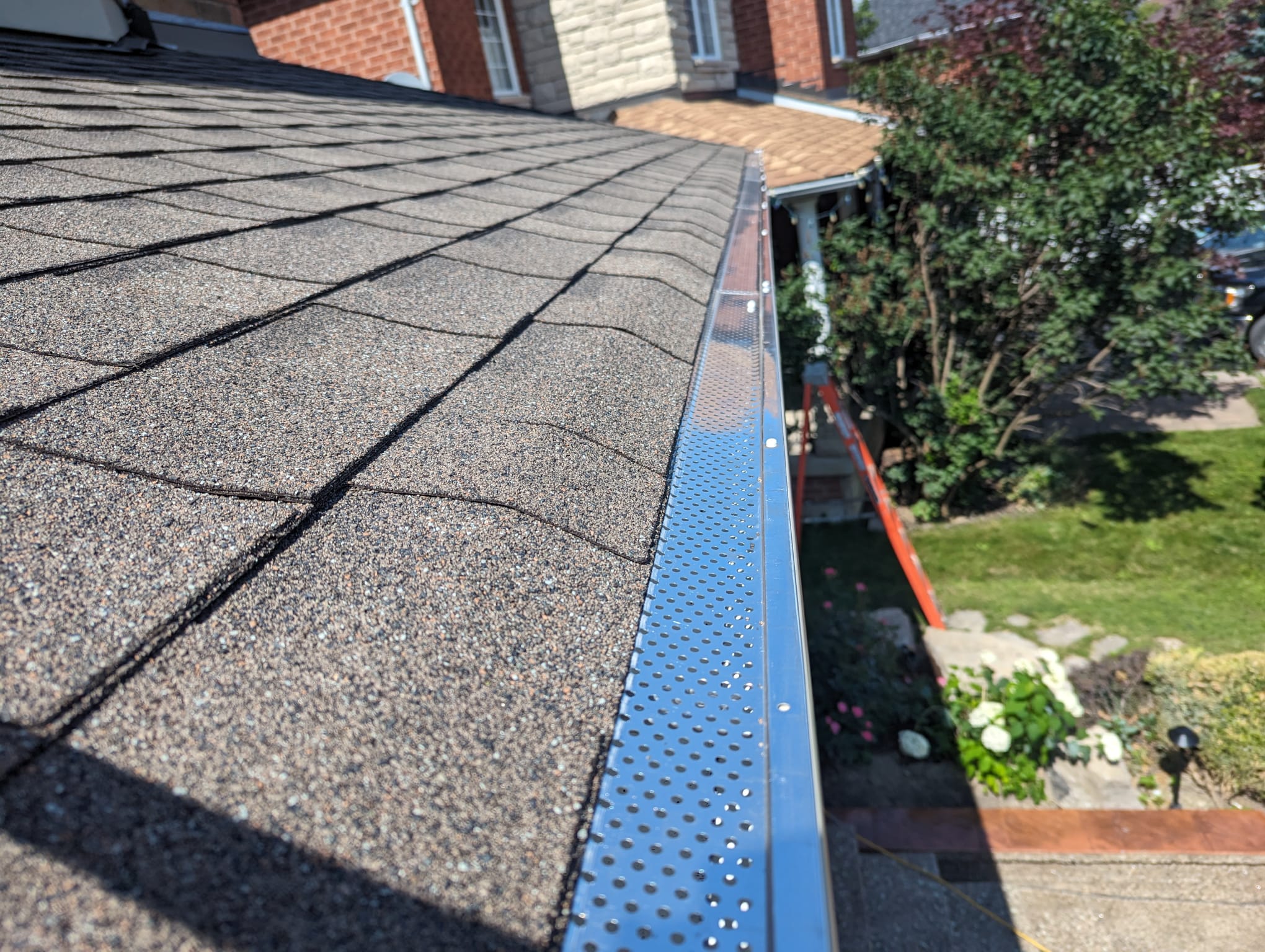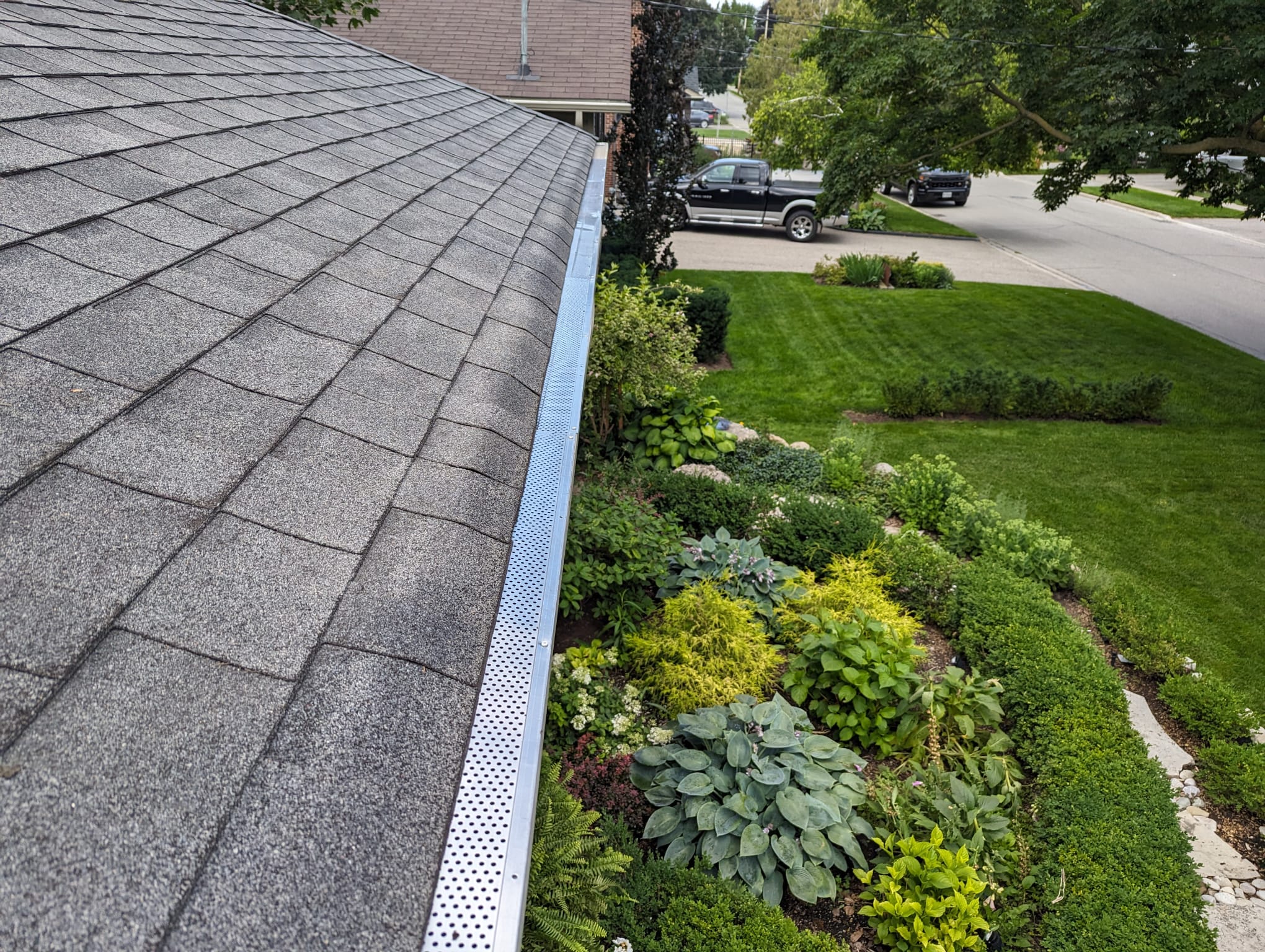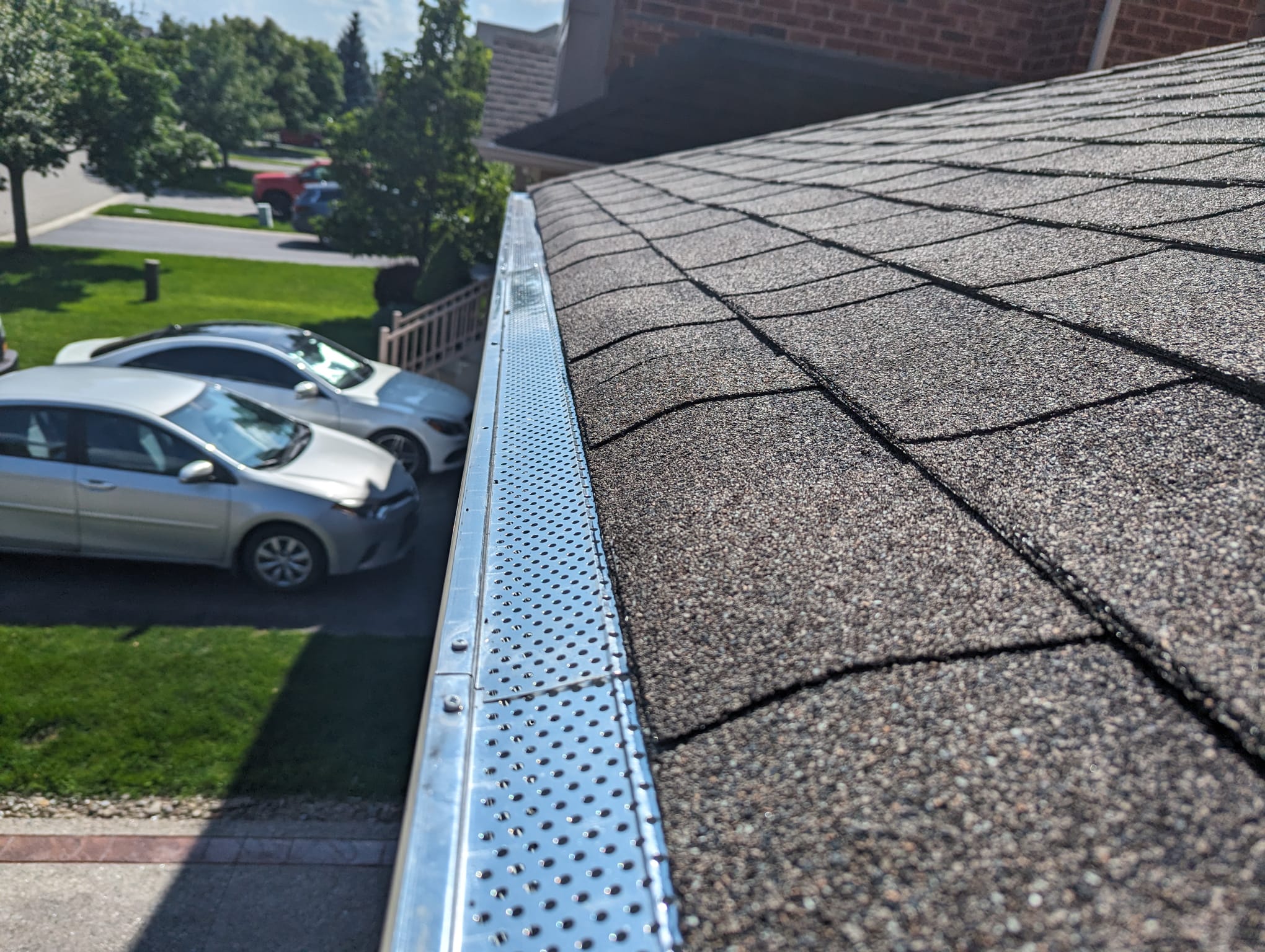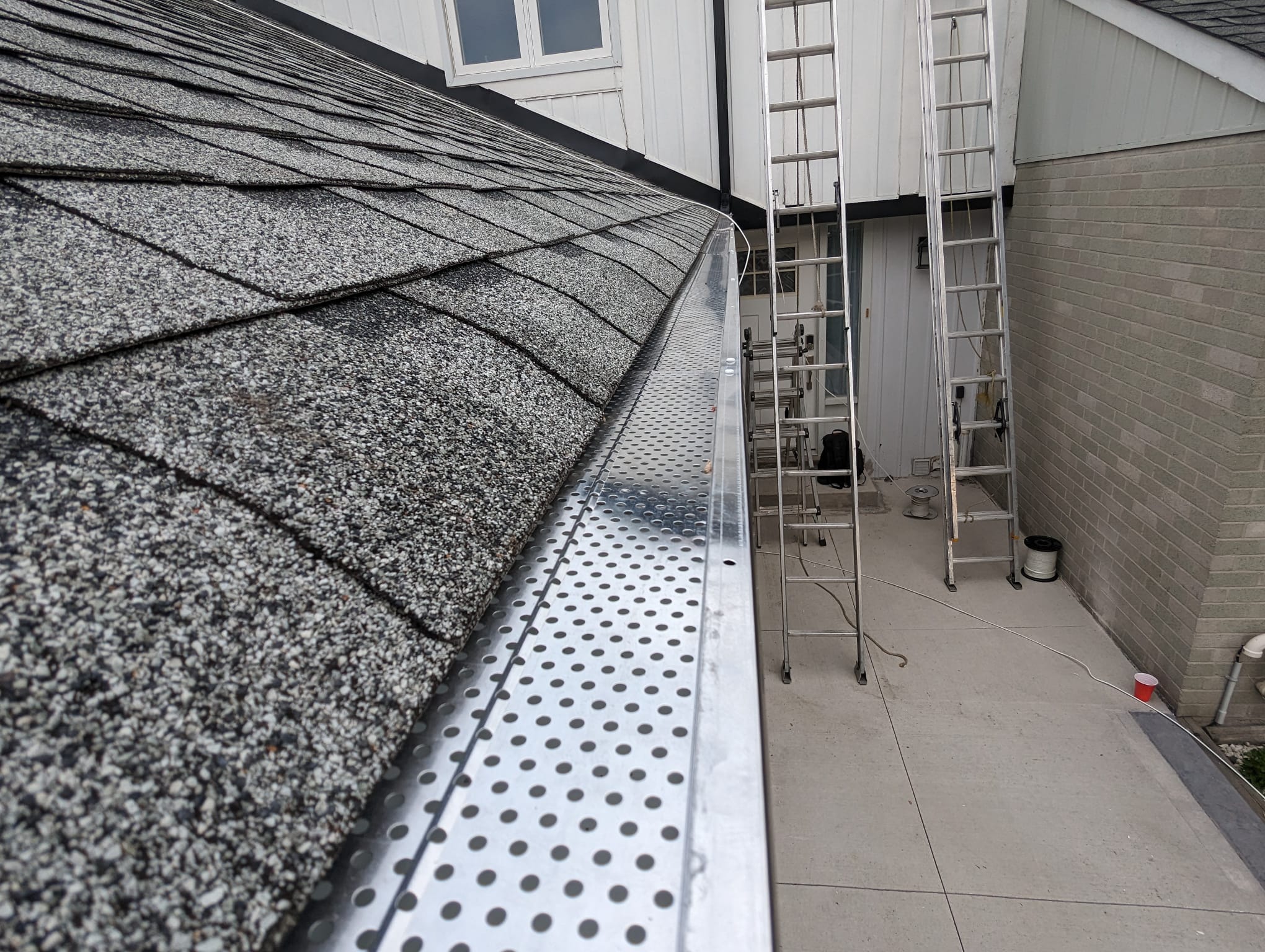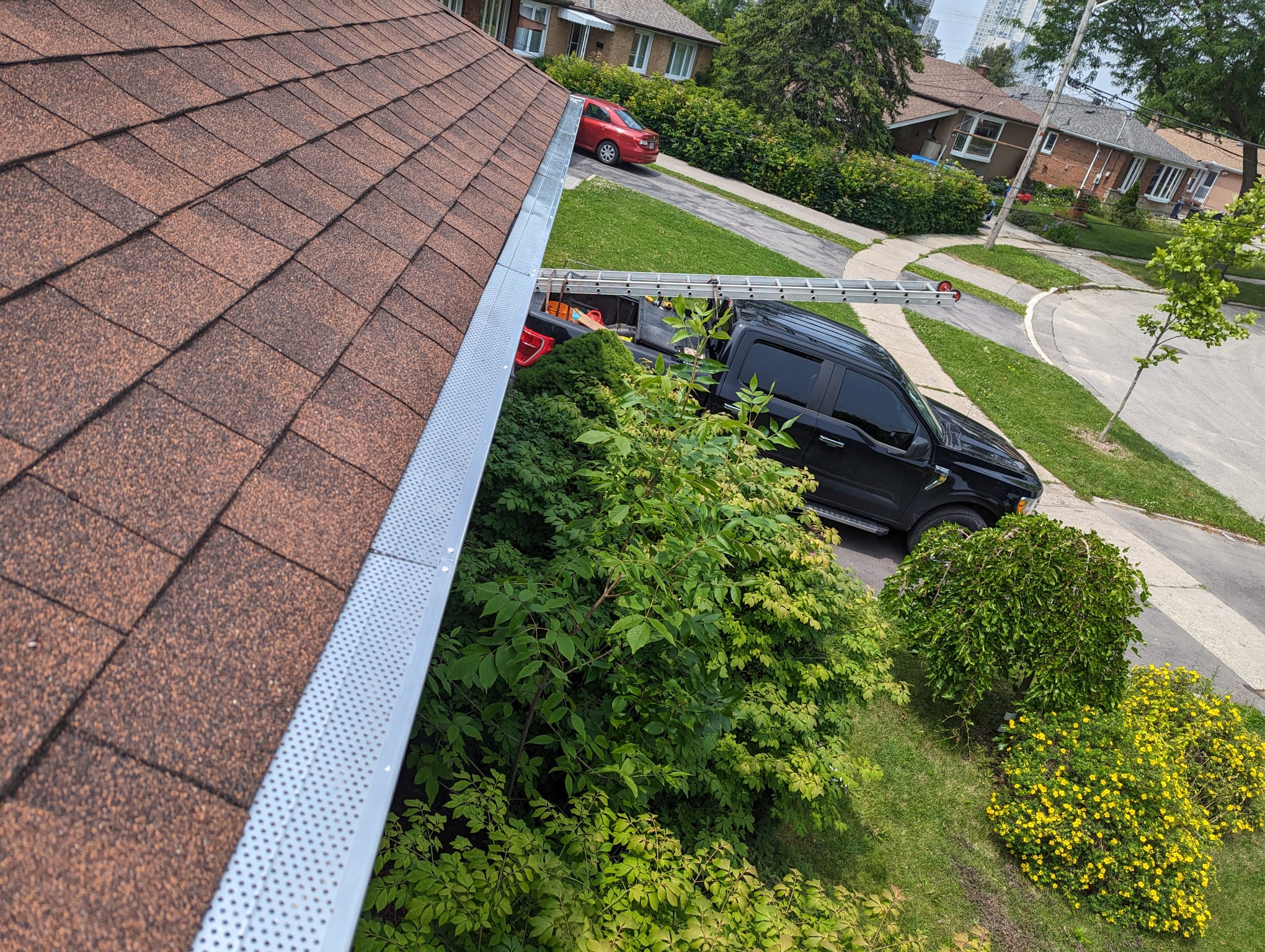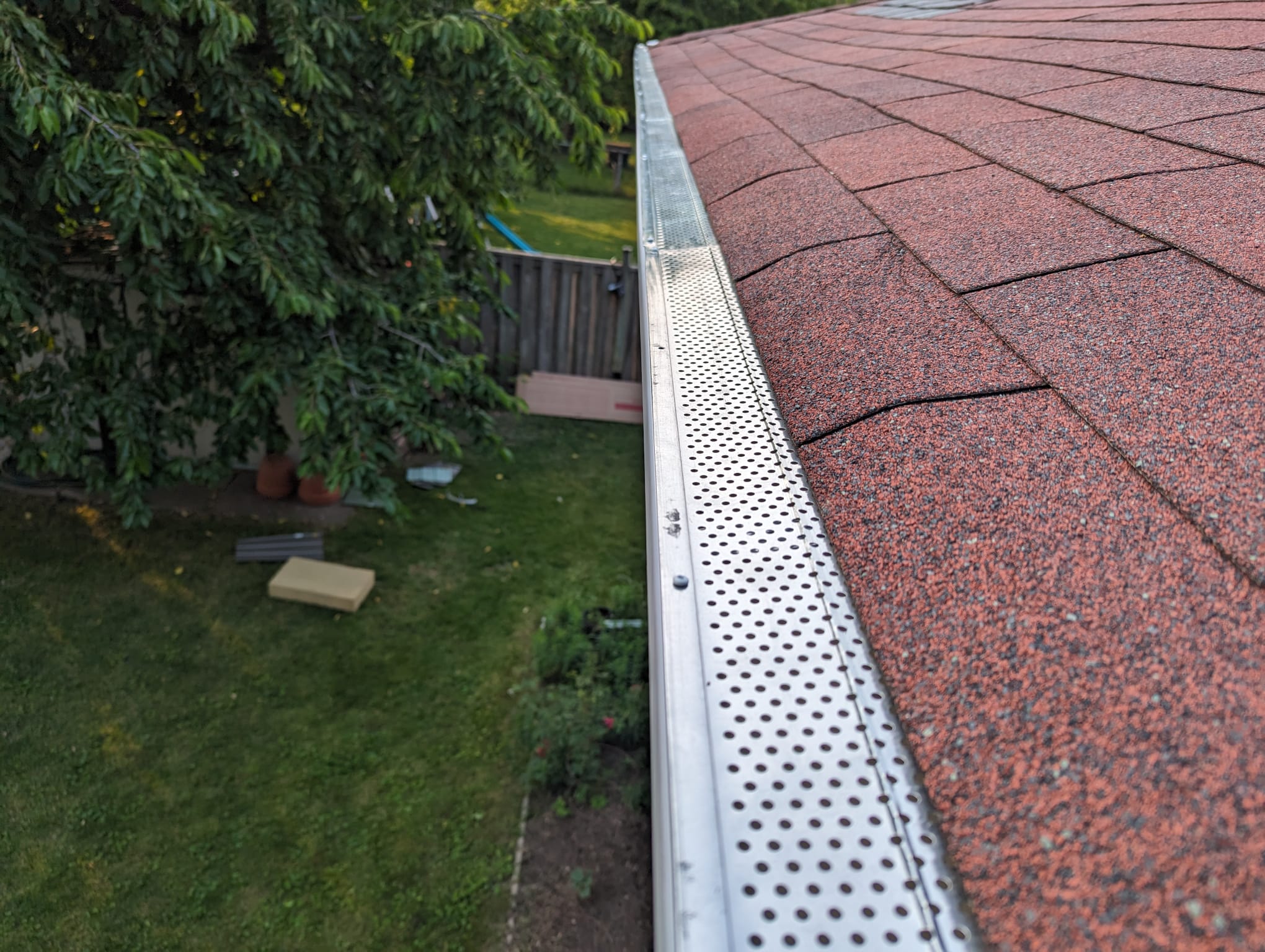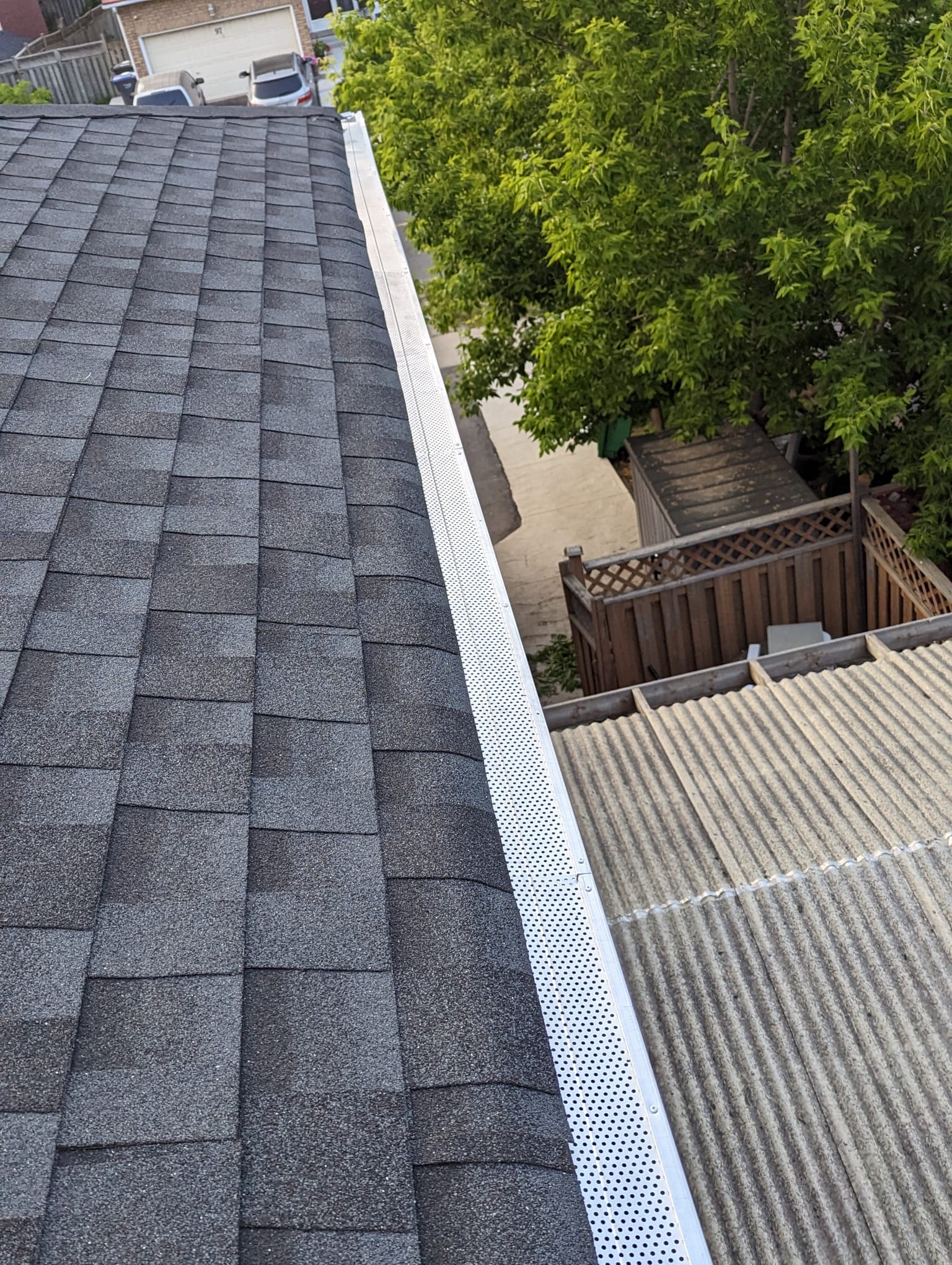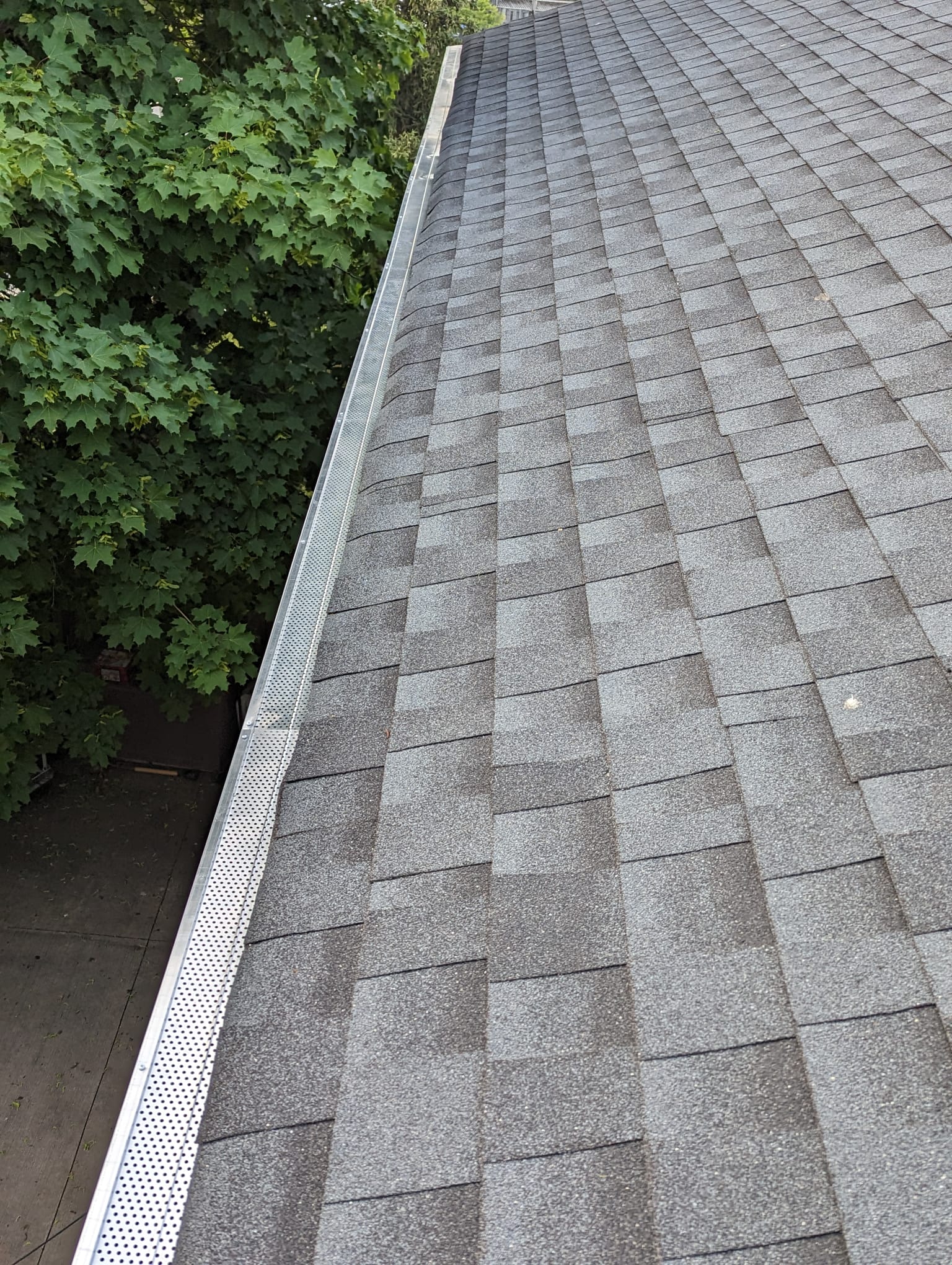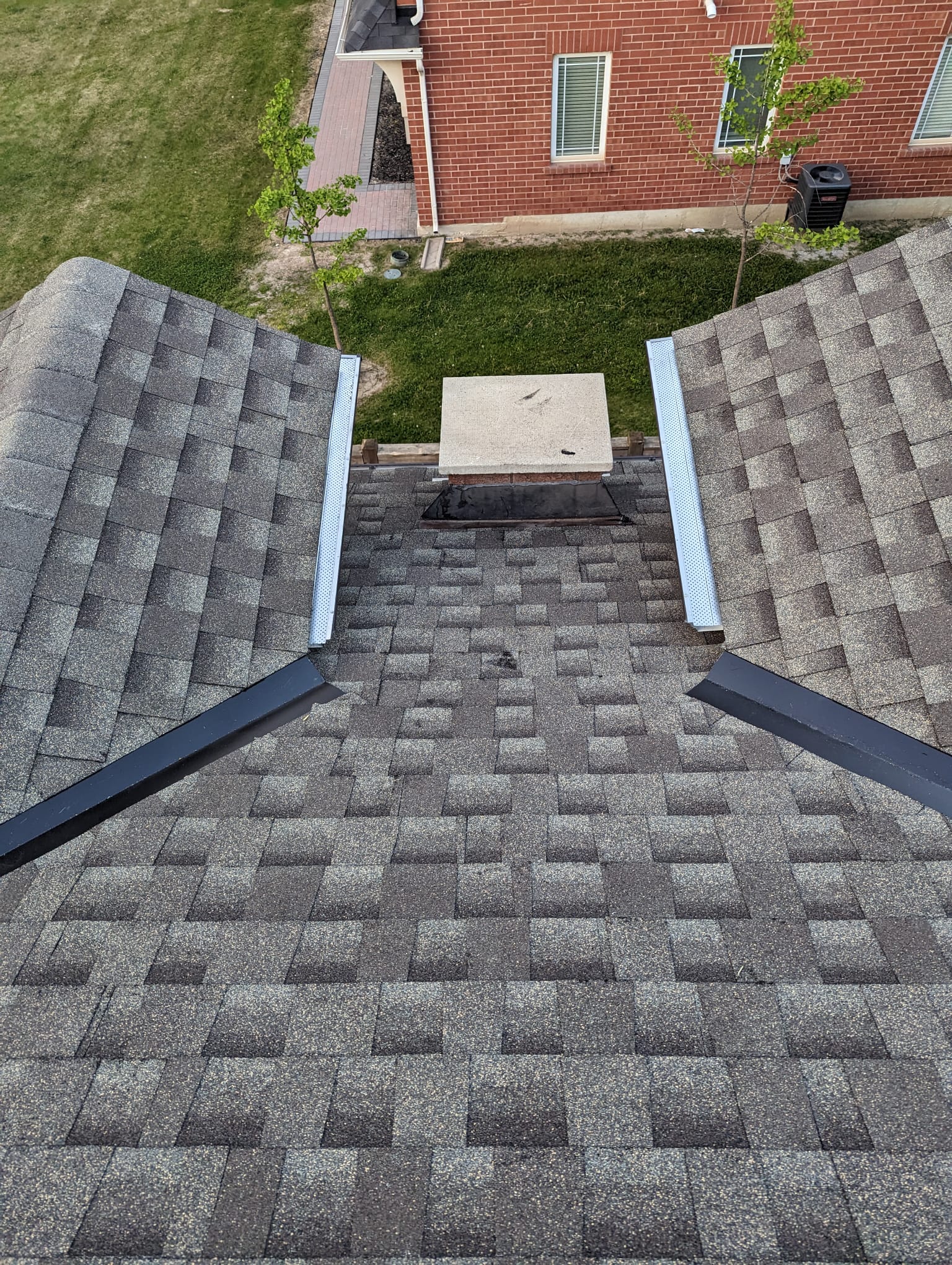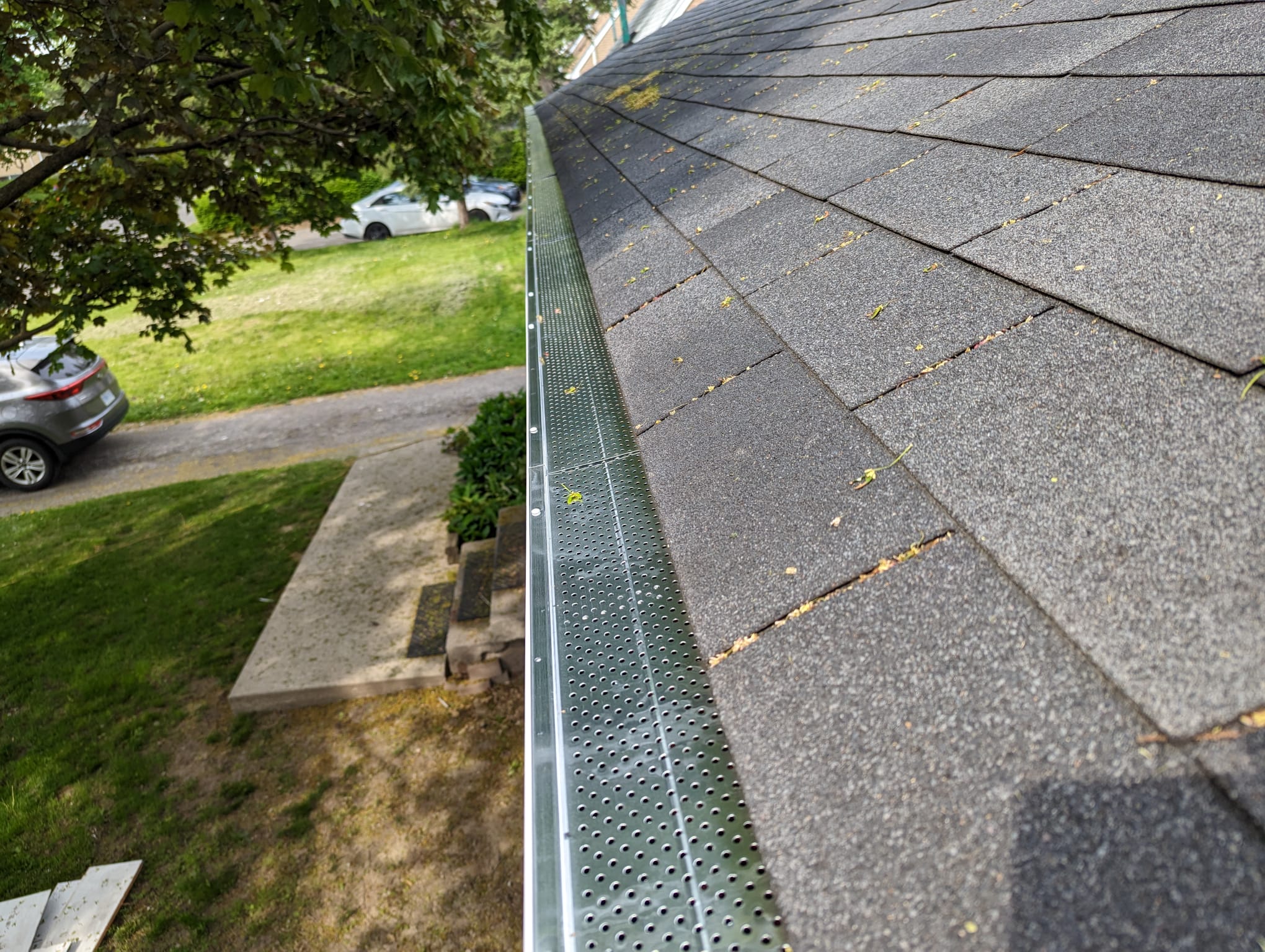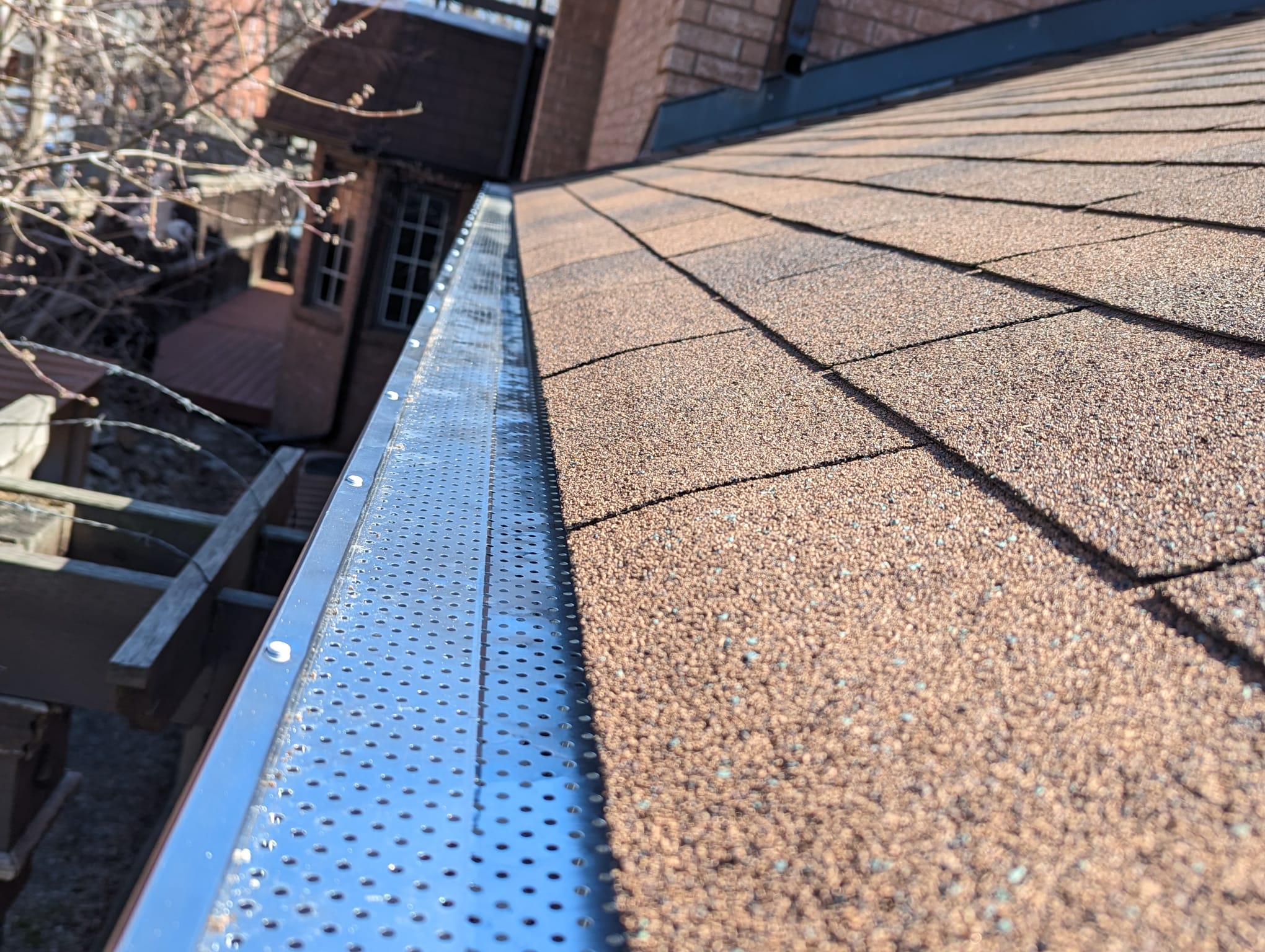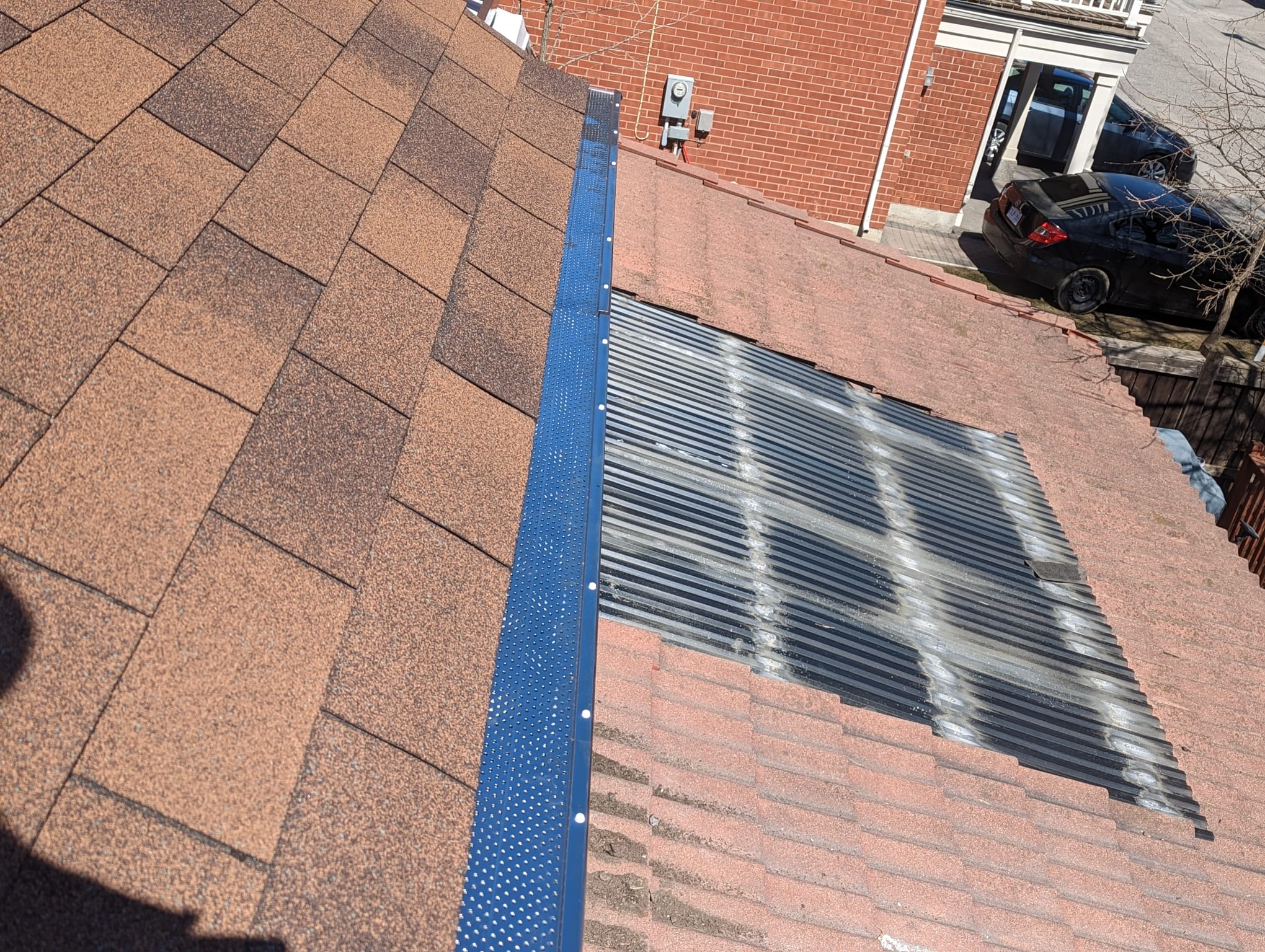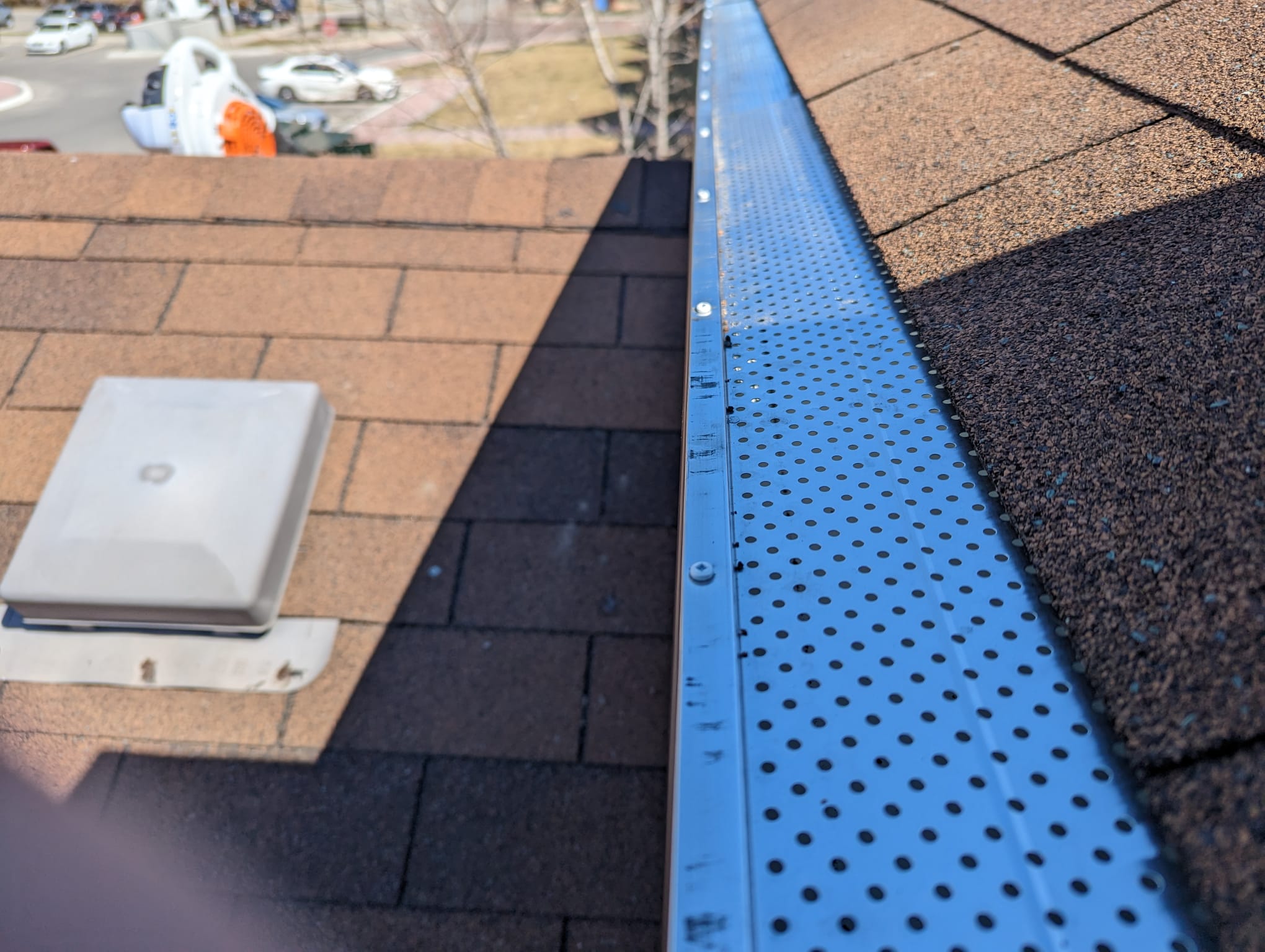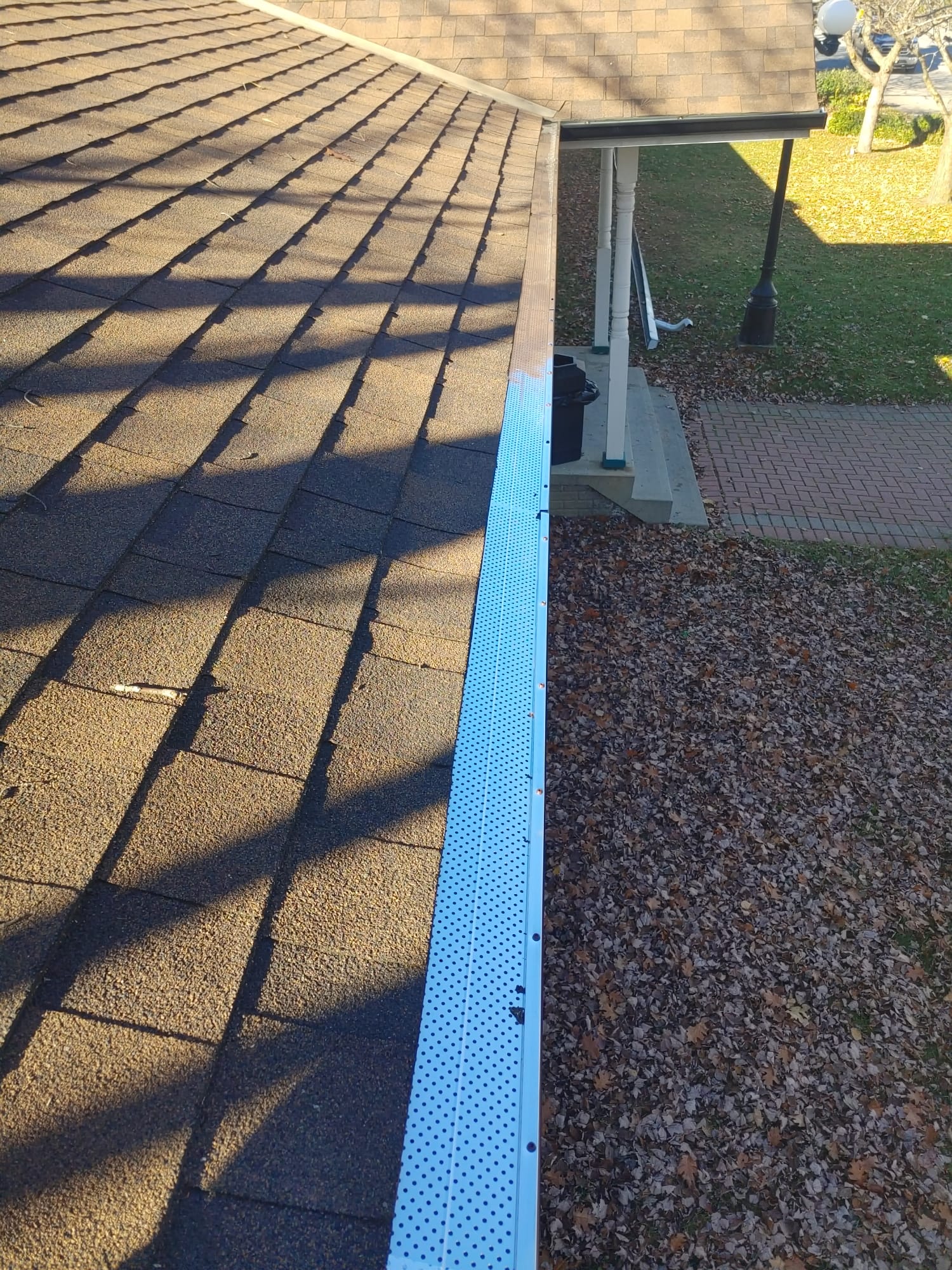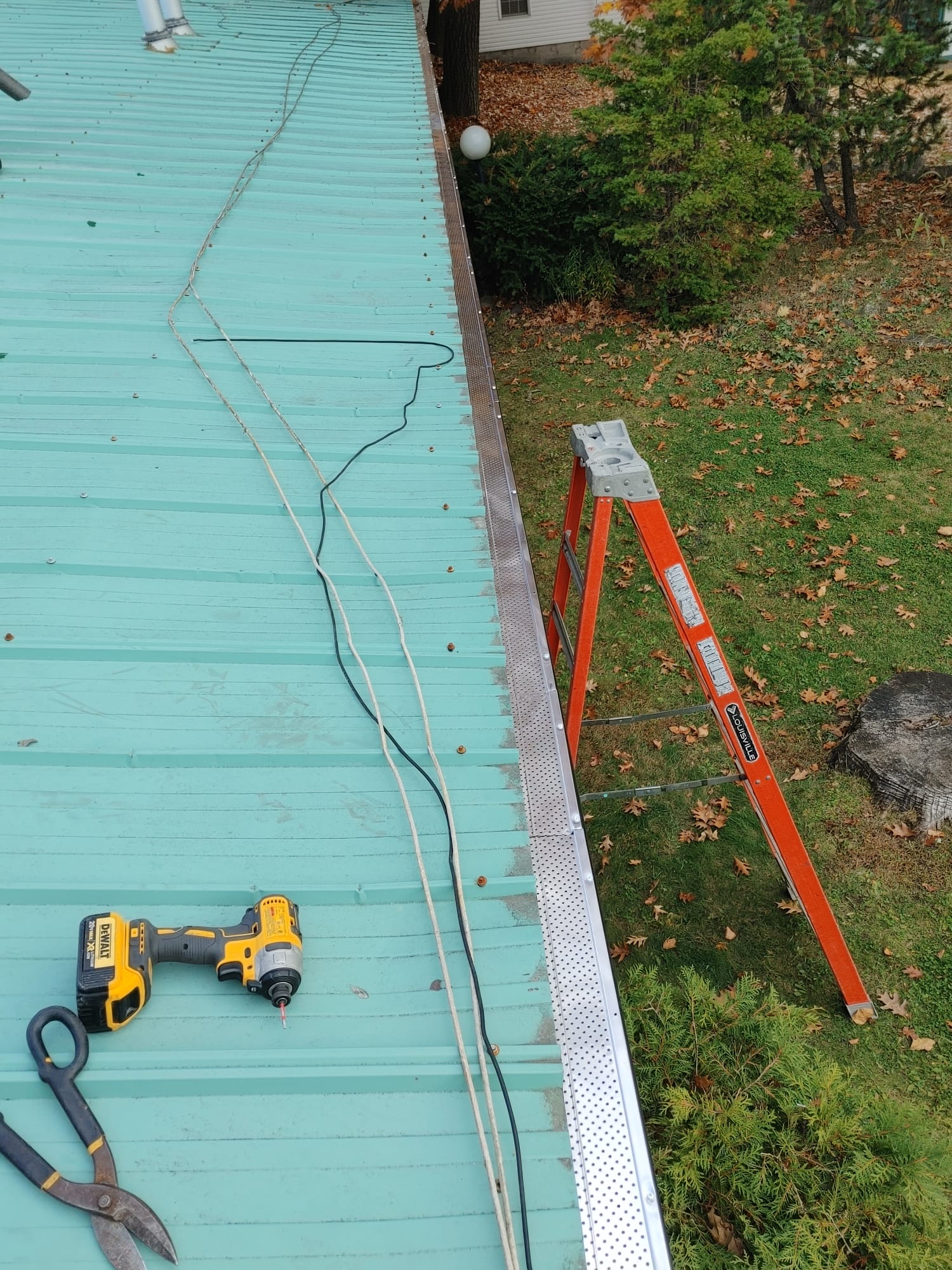Gutters and leaf guards are components of a building's roofing and drainage system designed to manage rainwater runoff and prevent debris, particularly leaves and other debris, from clogging the gutters. Here's a closer look at each:
-
Gutters:
- Gutters are troughs or channels typically made of metal (e.g., aluminum, steel), vinyl, or other materials installed along the eaves or roof edges of a building.
- Their main function is to collect rainwater that runs off the roof and direct it away from the building's foundation. Properly installed gutters help prevent water damage to the roof, walls, and foundation.
- Gutters are available in various shapes, such as K-style and half-round, and come in different sizes to accommodate different roof sizes and rainfall amounts.
-
Leaf Guards (Gutter Guards or Gutter Covers):
- Leaf guards, also known as gutter guards or gutter covers, are protective systems installed over gutters to prevent leaves, twigs, pine needles, and other debris from entering and clogging the gutters.
- They come in different designs, including screens, mesh, foam inserts, and surface tension systems. The goal is to allow rainwater to flow into the gutters while blocking debris from entering.
- Leaf guards help reduce the frequency of gutter cleaning, maintain proper water flow, and prevent potential water damage caused by overflowing gutters.
The combination of gutters and leaf guards offers several benefits:
-
Prevent Clogs: Leaf guards minimize the accumulation of leaves and debris in gutters, preventing clogs that can hinder proper water flow.
-
Reduced Maintenance: With leaf guards, gutters require less frequent cleaning, which can save time and effort for homeowners.
-
Protection from Water Damage: Properly functioning gutters and leaf guards help protect the roof, walls, and foundation from water-related damage, such as leaks, rot, and erosion.
-
Improved Rainwater Management: Rainwater is effectively channeled away from the building, reducing the risk of water pooling near the foundation and potential basement flooding.
-
Extended Gutter Lifespan: Minimizing debris buildup in gutters can extend their lifespan, reducing the need for premature gutter replacement.
However, it's essential to choose high-quality leaf guards and ensure proper installation. Some leaf guard designs may still allow smaller debris to enter, and regular maintenance may still be necessary over time. Additionally, severe weather conditions, such as heavy rainfall or storms, can overwhelm gutter systems, so it's essential to ensure they are appropriately sized and maintained to handle such situations.
Before installing leaf guards, it's advisable to inspect and clean the gutters thoroughly to ensure they are free of existing debris. Consulting with a professional gutter installation company can help determine the best leaf guard solution for a specific building and its environmen
